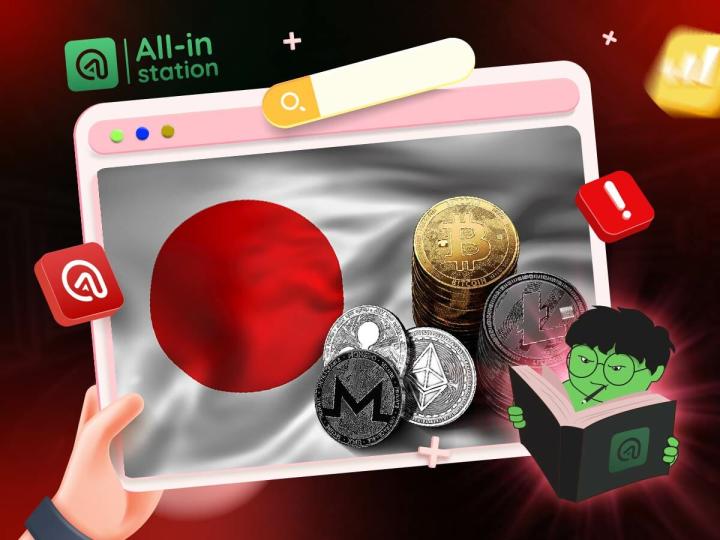For the "old" Bitcoin blockchain, the BRC-20 protocol has opened up a new narrative of use cases. This article will use data to interpret and analyze how BRC-20 is affecting Bitcoin.
Written by: Tom Wan, Researcher at 21Shares
Compilation: Jordan
The BRC-20 token standard was created by the encryption community user @domodat on March 8, 2023. It is a standard for testing homogeneous tokens on Bitcoin with the help of the inscription function. The name "BRC-20" is borrowed from Ethereum ERC- 20 token standard, currently has three functions of deployment, minting and transfer.
The implementation of the BRC-20 protocol is based on the Ordinal inscription, which can be used to store token contract information, which is encoded and stored on the Bitcoin blockchain, thereby realizing the deployment and management of the token contract. Add some text information in the information record column of the , and then realize the minting and transfer of tokens.
There is no doubt that for the "old" Bitcoin blockchain, the BRC-20 protocol has opened up a new narrative of use cases. According to the latest data from Dune Analytics , the current minting volume of Bitcoin Ordinals inscriptions is close to 5 million, and the minting fee income It is more than 24 million US dollars. This article will use data to interpret and analyze how BRC-20 is affecting Bitcoin.
1. BRC-20 brings Ordinals adoption to a higher level
At this stage, the transaction volume related to the BRC-20 protocol, including deployment/minting/transfer, has exceeded the transaction volume of non-Ordinals. The data on May 7 shows that the transaction volume of the BRC-20 protocol accounts for the proportion of the total transaction volume of Bitcoin. At one point it reached a high of 65%.

2. The adoption of BRC-20 brings higher income to Bitcoin miners
We know that the income of Bitcoin miners comes from block rewards and transaction fees. Since the outbreak of BRC-20, the average transaction fee of Bitcoin has increased significantly since the beginning of May, and the fee income has increased from two months ago. 0.19 BTC rose to the current 4.85 BTC, an increase of nearly 25 times. Dune Analytics data shows that as of this writing, the total fee generated by the Ordinals protocol inscription has reached 863.9817 BTC, of which 99.5% comes from BRC-20.

3. Bitcoin transaction fee rate reached 31%, a new high in six years
As mentioned above, miner reward = block reward + transaction fee. Since July 2021, the transaction fee rate of the Bitcoin network has been maintained at around 1-2%, but on May 7, this The gauge soared to 31%, the highest on record in the past six years.

4. Bitcoin block transaction fees hit the fifth-highest record so far on May 7
On May 7, 2023, the Bitcoin block transaction fee at block height 788695 reached 6.7 BTC, equivalent to about 194,000 U.S. dollars in U.S. dollars, setting the fifth highest record so far. Historical data shows that on April 26, 2016, the Bitcoin block transaction fee at block height 409008 reached 291 BTC, setting the highest record so far, but only $135,000 in US dollars.

5. On May 7, the transaction fee of three Bitcoin blocks exceeded the block reward, and the probability of this situation is only 0.0048%
On May 7, there were three Bitcoin blocks where fee revenue exceeded block rewards, the last time in history was on December 22, 2017. Throughout the history of Bitcoin so far, this phenomenon has only occurred in 38 Bitcoin blocks, which means that the probability of this happening is only 0.0048%.

6. BTC-20 is clogging the Bitcoin network
If users want to transfer or mint BRC-20 protocol tokens, they must enter a new serial number (Ordinal). The Ordinals protocol will sort each "satoshi (satoshi)", thus possessing non-homogeneity properties. In "casting" Digital Artefacts need to create a Bitcoin transaction and store some additional data in one of the output addresses, so-called inscriptions. These additional data can be text, images, SCG or HTML. As a result, Ordinals created a rather long queue in the Bitcoin mempool, and since the BRC-20 is about 10 times smaller than the image inscription, the Bitcoin mempool memory usage is already much lower than in March, and the network congestion is getting worse.

7. The average transaction fee on the Bitcoin network has increased to $18.9
As the waiting queue of the Bitcoin memory pool is getting longer and longer, it means that if users want to prioritize their transactions, they have to pay higher gas fees for the miners. The current average transaction fee of the Bitcoin network has increased to $18.9, It was the highest on record since May 2021.

8. Whether the practicability of BRC-20 can continue remains to be seen
Although BRC-20 has been extremely popular recently, and the related single market value once approached 1 billion US dollars, its practicality is still very limited due to the lack of smart contract functions. The current use case is similar to meme meme currency, and its functions are limited to deployment, minting and transfer .

If layer-2 solutions like Stacks can openly bridge to BRC-20, the practicability of BRC-20 may be further enhanced in the future, and user experience will also be improved. But given the scale of DeFi on Stacks, there may still be some limitations to the practical launch of BRC-20.

All in all, the BRC-20 protocol at this stage is more like a slightly controversial experiment, and the subsequent development is worthy of attention.







